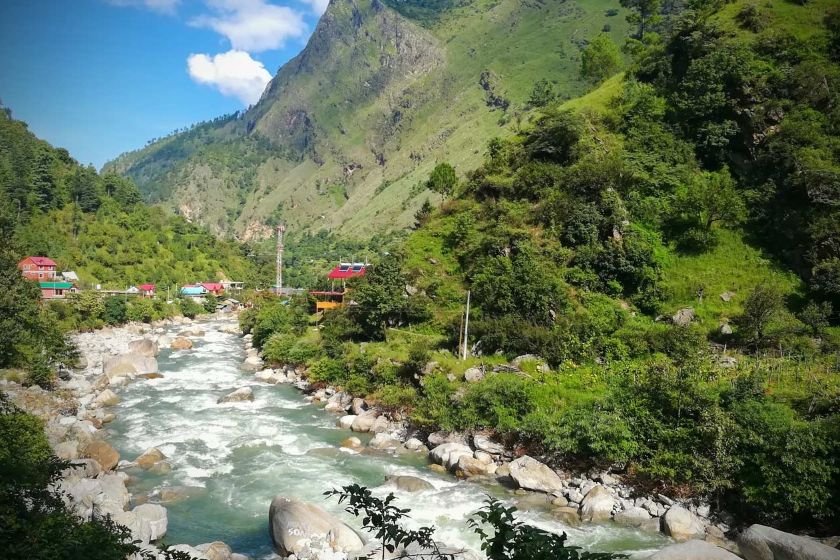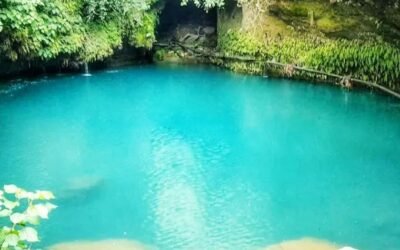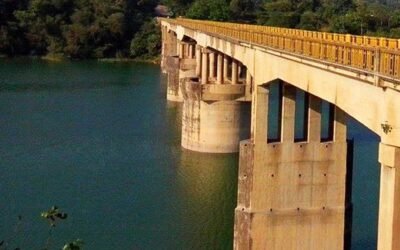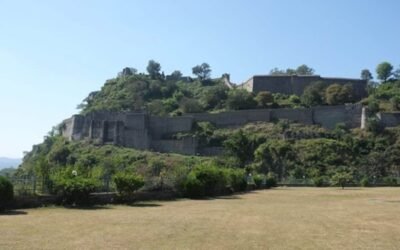📍 Location: ~60 km from Kullu, ~8 km from Banjar, Himachal Pradesh
📅 Season: March–June & September–November for trekking, fishing, and forest immersion
A valley named after the Tirthan River, where trout leap, temples hide, and the Himalayas breathe in silence
🏞️ Landscape of Serenity and Biodiversity
Tirthan Valley sits at 1,600 meters, carved by the Tirthan River, and fringed by the Great Himalayan National Park (GHNP)—a UNESCO World Heritage Site known for:
- 754 sq km of protected forest, home to snow leopards, Himalayan brown bears, and Western Tragopans
- Trekking routes to Serolsar Lake, Raghupur Fort, and Chhoie Waterfall
- Birdwatching, camping, and nature photography in untouched wilderness
🐾 GHNP is one of India’s richest biodiversity zones, ideal for eco-tourism and spiritual solitude
🎣 River Life & Adventure
The Tirthan River is famed for:
- Trout fishing (permits available from Fisheries Department)
- River crossing, rock climbing, and rappelling
- Picnics and meditation along mossy banks and pine groves
Nearby villages like Gushaini, Nagini, and Sarchi offer riverside homestays, local cuisine, and cultural immersion
🛕 Cultural & Spiritual Sites
- Shringa Rishi Temple (Baggi): Three-storey pagoda dedicated to the valley’s ruling deity
- Budhi Nagin Temple (Serolsar Lake): Forest goddess shrine surrounded by oak woods
- Chehni Kothi: 17th-century wood-stone tower in a remote village, accessible via apricot-lined trails
🪔 Festivals like Fulch, Ormi, and local fairs blend animist, Hindu, and Buddhist traditions
🧭 Plan Your Visit
| 🗺️ Travel Tips | 🏡 Stay Options |
|---|---|
| Reach via Aut–Banjar–Gushaini Road (~60 km from Kullu) | Homestays in Gushaini, Nagini, Jibhi, or Sarchi |
| Nearest railhead: Jogindernagar (~40 km) | Combine with Jibhi, Jalori Pass, or Shoja |
| Best time: Spring & Autumn | Carry cash—limited ATM and mobile signal |
✨ Why It Belongs in Your Guide
Tirthan Valley reflects:
- Kullu’s ecological and spiritual depth
- A living corridor between river, forest, and faith
- A sanctuary for slow travel, storytelling, and soul-searching
It’s not just a valley—it’s a Himalayan hush held in trout, trail, and temple.




